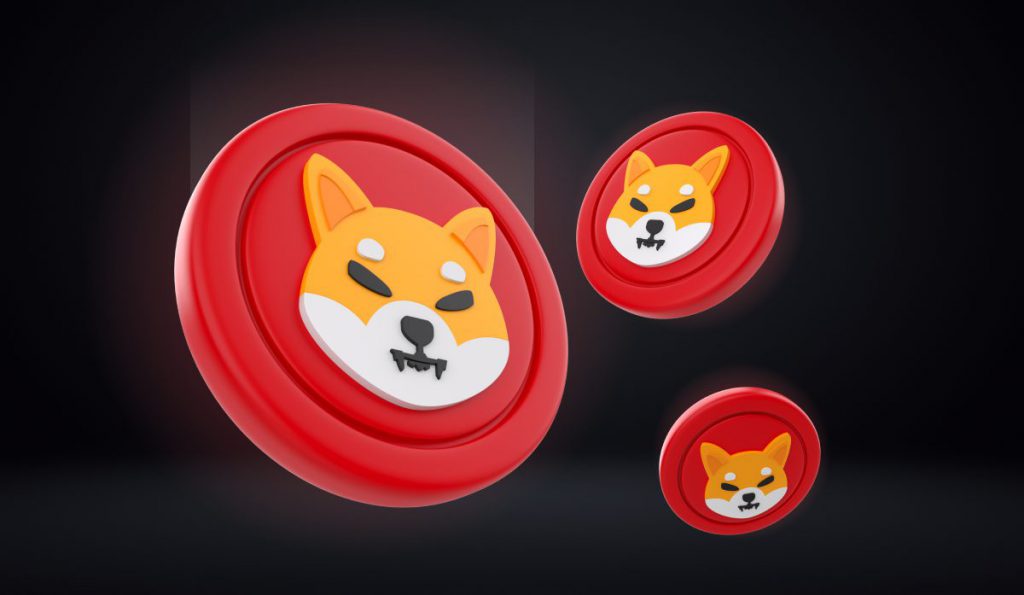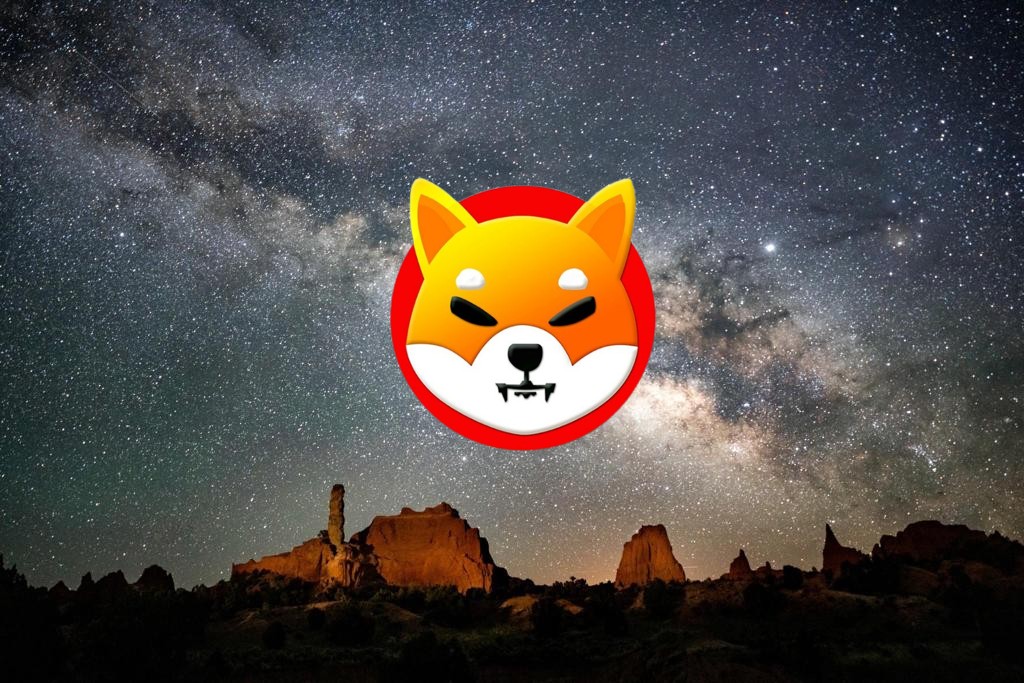What is Staking in Cryptocurrency?
Staking in cryptocurrency is the process of participating in the validation and maintenance of a blockchain network. You do this by locking a specific amount of your digital assets in a wallet, allowing you to earn passive income through new tokens.
It is a popular method for crypto investors to generate additional returns from their holdings, especially in the world of Proof of Stake (PoS) blockchains.
In a PoS-based blockchain, validators are chosen to create new blocks and validate transactions based on the number of coins they hold and are willing to “stake” as collateral.
By staking your tokens, you are essentially supporting the security and stability of the network, which is rewarded with new tokens, similar to how miners receive rewards in Proof of Work (PoW) blockchains like Bitcoin.
Staking has become increasingly popular in the crypto space due to its potential for generating passive income and its eco-friendly nature compared to resource-intensive mining. With the rise of various staking platforms and the introduction of staking options for numerous cryptocurrencies, it’s essential to understand how to stake your tokens effectively and securely.


Why Stake Shiba Inu tokens?
SHIB is a meme coin, created in 2020 by “Ryoshi.” It gained popularity due to its association with Dogecoin and now has its decentralized exchange, ShibaSwap.
Staking Shiba Inu tokens offers several benefits to SHIB holders.
First, you can earn rewards in SHIB, LEASH, or BONE by staking, generated from transaction fees, swap, and liquidity provider fees.
Second, the benefit of staking SHIB tokens is the potential for price appreciation. As more investors stake their SHIB, the circulating supply of the token decreases, which can lead to an increase in demand and potentially a higher token price.
Last, by staking your SHIB tokens, you are supporting the growth and development of the Shiba Inu ecosystem, which can further increase the value of your investment.
Choosing the Best Platform for Staking Shiba Inu
Selecting the right platform is crucial for staking your Shiba Inu tokens.
Several factors should be considered when choosing a platform, including security, ease of use, fees, and the potential rewards offered. Some popular platforms for staking SHIB tokens include ShibaSwap, Crypto.com, and Binance.
ShibaSwap is the native decentralized exchange for the Shiba Inu ecosystem, offering various staking options for SHIB holders.
By staking your tokens on ShibaSwap, you can earn rewards in SHIB, LEASH, or BONE tokens, depending on the staking pool you participate in.
Additionally, ShibaSwap allows you to provide liquidity to the exchange and earn fees from trading activity.
Crypto.com and Binance are two popular centralized crypto exchanges that offer staking services for various cryptocurrencies, including SHIB. These platforms typically provide a more straightforward user experience compared to decentralized exchanges like ShibaSwap, making them a suitable choice for beginners.
It’s essential to consider the fees and potential rewards when choosing a platform, as they can vary significantly between exchanges.


Step-by-step tutorial: How to Stake a Shiba Inu
Buy SHIB tokens
To stake Shiba Inu tokens, you first need to acquire SHIB. Using fiat currency or other cryptocurrencies, you can purchase SHIB on various crypto exchanges, such as Binance, Coinbase, Crypto.com, or Kucoin. Make sure to compare the fees and exchange rates across different platforms to get the best deal.
Choose a staking platform
Once you have acquired SHIB tokens, you need to choose a staking platform. As mentioned earlier, popular options include ShibaSwap, Crypto.com, and Binance. Consider factors such as security, ease of use, fees, and potential rewards when selecting a platform.
Transfer your SHIB tokens to the chosen platform
After choosing a staking platform, you need to transfer your SHIB tokens from the exchange where you bought them to the selected platform. To do this, you will need to generate a deposit address for SHIB tokens on the staking platform and initiate a withdrawal from the exchange to that address.
Stake your SHIB tokens
Once your SHIB tokens have been transferred to the staking platform, you can begin the staking process. This usually involves selecting a staking pool or product and specifying the amount of SHIB tokens you want to stake. Make sure to familiarize yourself with the terms and conditions of the staking pool, such as lock-up periods and potential penalties for early withdrawal.
Monitor your rewards and earnings
After staking your SHIB tokens, keeping track of your rewards and earnings is essential. Most staking platforms provide a dashboard where you can monitor your staking balance, rewards earned, and other relevant information. It’s also crucial to stay informed about any updates or changes to the staking program, as these can impact your rewards and earnings.
Can you Stake Shiba Inu with Coinbase?


At the time of writing, Coinbase does not offer staking services for Shiba Inu tokens. However, you can purchase SHIB tokens on Coinbase and transfer them to another platform, such as ShibaSwap, Crypto.com, or Binance, to stake your tokens and earn rewards.
Estimating Your Stake Rewards and Earnings
You can estimate rewards with staking calculators or historical reward data.
Consider platform fees, lock-up periods, and token price fluctuations when estimating.
Staking rewards are not guaranteed and can change due to network conditions or staking parameters.
Risks and considerations When Staking Shiba Inu
Staking Shiba Inu tokens comes with its risks and considerations. Some of the main risks associated with staking SHIB tokens include:
- Smart contract risk: Staking platforms, especially decentralized ones like ShibaSwap, rely on smart contracts to manage staking pools and reward distributions. These smart contracts can potentially have vulnerabilities or bugs, leading to a loss of funds or other issues.
- Price volatility: The value of your staked SHIB tokens can fluctuate due to market conditions, affecting your overall investment value and potential rewards.
- Lock-up periods and penalties: Some staking platforms require you to lock your SHIB tokens for a specific period, limiting your ability to access your funds or react to market changes. Additionally, early withdrawals from staking pools can result in penalties, reducing your overall earnings.
- Platform risk: The security and reliability of your chosen staking platform can impact your investment. Centralized platforms can be subject to hacks, while decentralized platforms may have more limited customer support or a higher user learning curve.


Frequently Asked Questions About Shiba Inu Staking
Can We Stake Shiba Inu?
Yes, you can stake Shiba Inu tokens on various platforms, such as ShibaSwap, Crypto.com, and Binance, to earn passive income through rewards.
How Much Can You Earn Staking SHIB?
Your SHIB staking earnings depend on the staking platform, token amount, and network conditions. Use staking calculators or check the platform’s historical rewards data to gauge your rewards.
How Much Do You Make Staking It?
Staking SHIB tokens’ earnings differ based on platform fees, lock-up periods, and token price fluctuations. It’s essential to consider these factors when estimating your rewards and earnings from staking SHIB tokens.
Conclusion and Future Outlook for Shiba Inu Staking
In conclusion, staking Shiba Inu tokens is an attractive option for SHIB holders seeking passive income and supporting the ecosystem’s growth.
You can maximize your earnings by choosing a suitable staking platform and weighing the risks and potential rewards. To make the most of your SHIB investment, stay informed about updates to the staking program and monitor your performance.
Looking ahead, Shiba Inu staking offers promising opportunities with the project’s expanding offerings and potential partnerships. With ShibaSwap launched and more integrations in the works, SHIB holders can earn rewards while contributing to the ecosystem’s growth.





